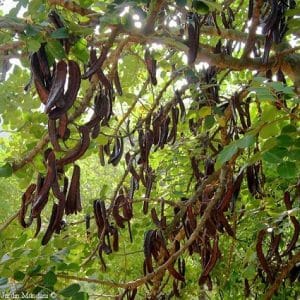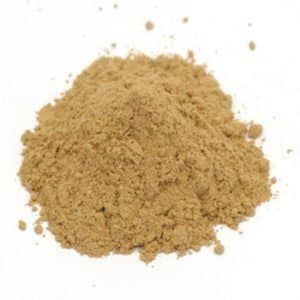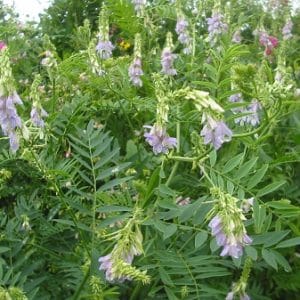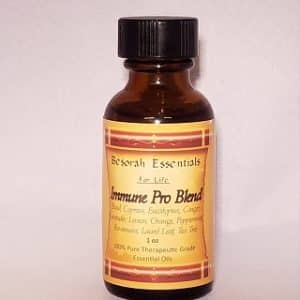The botanical classification of this genus, of some 200 species, was derived from Artemisia, the sister and wife of the Greek/Persian King Mausolus, and ruled after his death in 353 BCE. Artemisia was a noted botanist and medical researcher, and to honour her husband/brother, she built a magnificent tomb called the Mausoleum, which was one of the seven wonders of the ancient world. Artemesia is a Latin term for “mugwort.” The Louisiana name refers to the vast Louisiana Territory rather than the state.
In the ancient Greek text of Dioscorides, wormwood is mentioned as a remedy for expelling intestinal worms, and thus its name.
Native American tribes used the wormwoods extensively for medicinal purposes, for treating all manner of illnesses and for cleansing the body in purification rites. The Lakotas used the wild sages extensively, and had names for seven different species as well as two names for the white sage. The Lakota men used the white sage and the women used the dwarf sagebrush for protection against evil influences.
The Chinese still use a leaf of wormwood rolled up into the nostril to stop nosebleeds.
Mugwort is less aromatic and attractive but still considered magical in Europe, Asia, and China and was considered the mother of herbs . It was listed by the Anglo-Saxons as one of the nine sacred herbs given to the world by the god Woden. It was planted along the roadsides by the Romans, who would put sprigs in their sandals to prevent aching feet on long journeys.
Since it tastes like licorice, it was once used to flavour liqueurs, such as vermouth, as well as for bitter digestive remedies.
The addictive thujone is what gave the drink absinthe its notorious reputation. The great painter Vincent Van Gogh was reportedly to have been an habitual user of absinthe, which contains thujone, a volatile oil noted for its narcotic effect responsible for hallucinations, psychosis, and brain damage a syndrome labelled “absinthism”. It is thought that the heavy yellow in his paintings may have been as a result from thujone-caused brain damage.
According to Aztec religious-medical practice, Mugwort belonged to the realm of the god of water and rain (Tláloc) and was used to remedy illnesses that were considered to be caused by the gods of this realm, that is, illnesses that caused too much water to accumulate in the body. Therefore, they were both caused and cured by the same gods.
The Aztec Herbal of 1552 listed several remedies using the herb, including one for those who had been struck by lightning. In addition, during celebrations honouring the water god, children were fanned by the herb to protect them from intestinal parasites. Today, infusions of the herb is still used to treat intestinal worms.
Key Actions
Key Components
tannins




